#Seedlings
Explore tagged Tumblr posts
Text
Gardener Xie Lian and San Lang week 16 report!
We have a ~*BIG*~ update to mark 4 months of gardening this week!
*drumroll*
The petunia has some teeny-tiny buds!!! We will be keeping a closer eye on these so we don't miss their grand reveal! ^.^

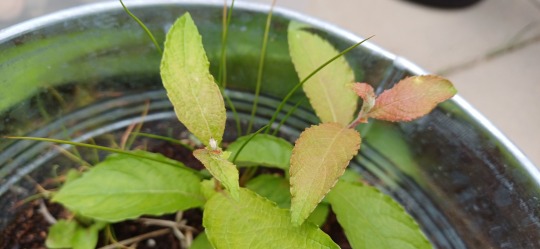

#tgcf#tgcf mini dolls#tian guan ci fu#heaven official's blessing#heaven official's blessing mini dolls#mini dolls#xie lian#hua cheng#san lang#hualian#hualian minidolls#seedlings#mini dolls gardening#gardening#flower growing#minidoll's flower project#four months already?!#first bud on the petunia#darke faerie mini dolls
21 notes
·
View notes
Text
Wishing Hinoki a Happy Mother's Day! 🐇 🌱

#nay draws#nay ocs#hinoki#she/her#jackalope#seedlings#can you find all 9 of them (0: ? 4 are new designs
193 notes
·
View notes
Text
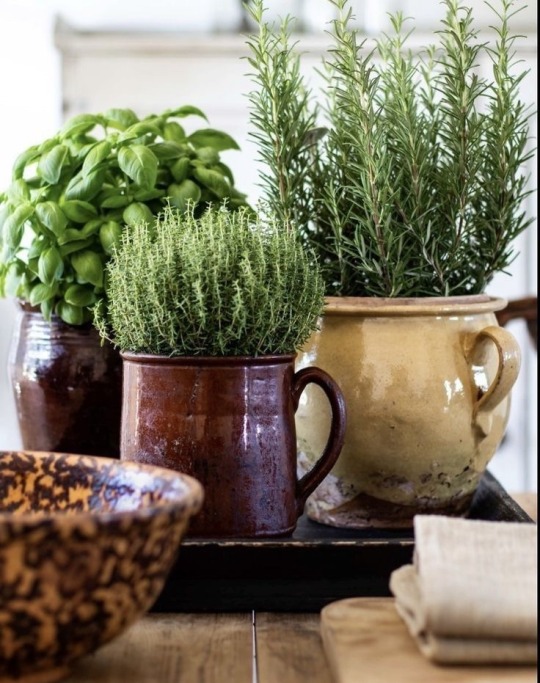
I grow my herbs in vessels like these and mine or just cuttings in water:) You can also grow them hydroponically, or what I like to do once they root, I grow them outdoors in my herb garden. Then, using the cutting from the last lot, the cycle continues! — meg🌱
157 notes
·
View notes
Text
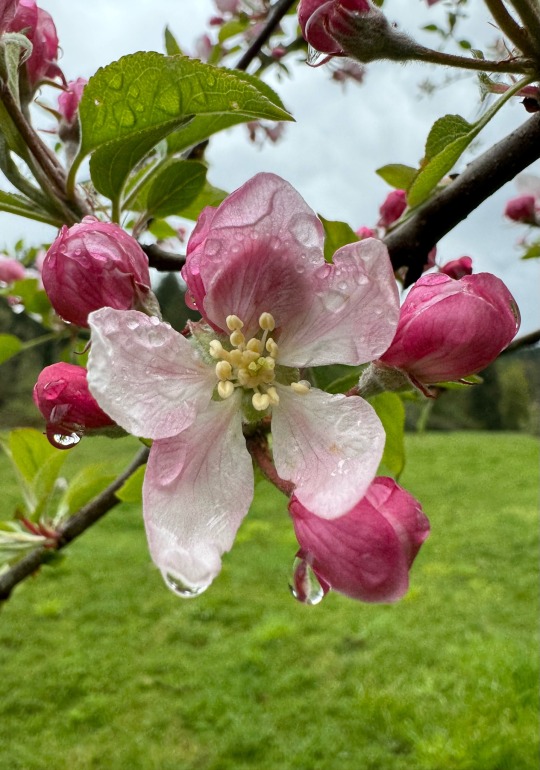
seedling apples know just what to do and when to do it..
473 notes
·
View notes
Text

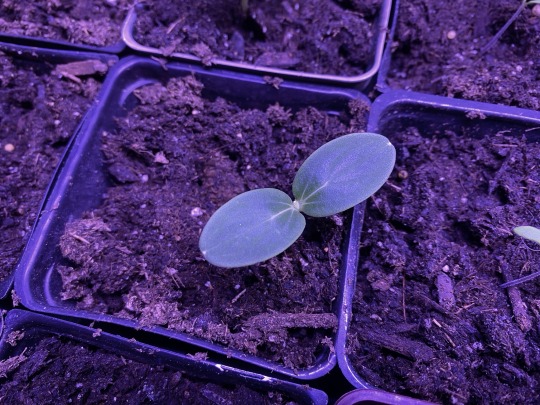
Guardian Librarian's tiny plants
98 notes
·
View notes
Text
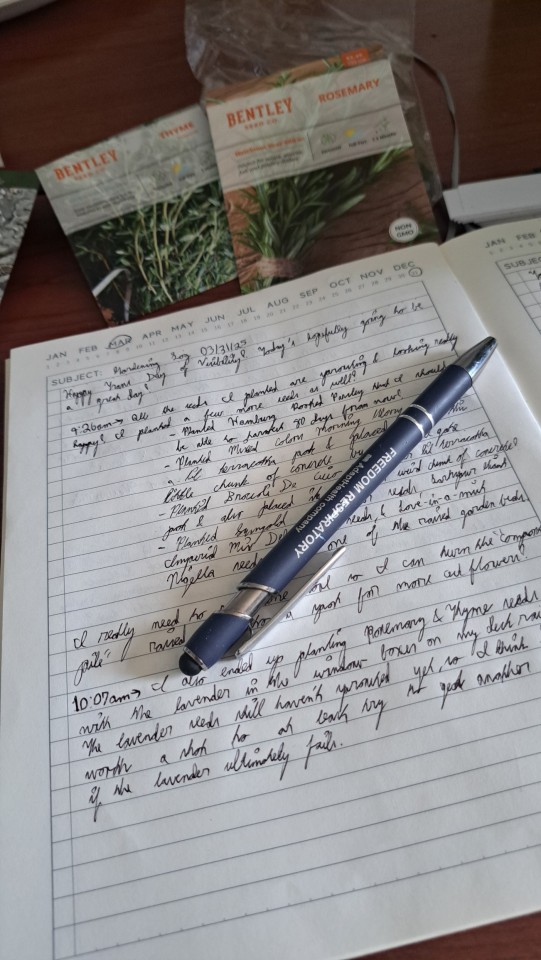
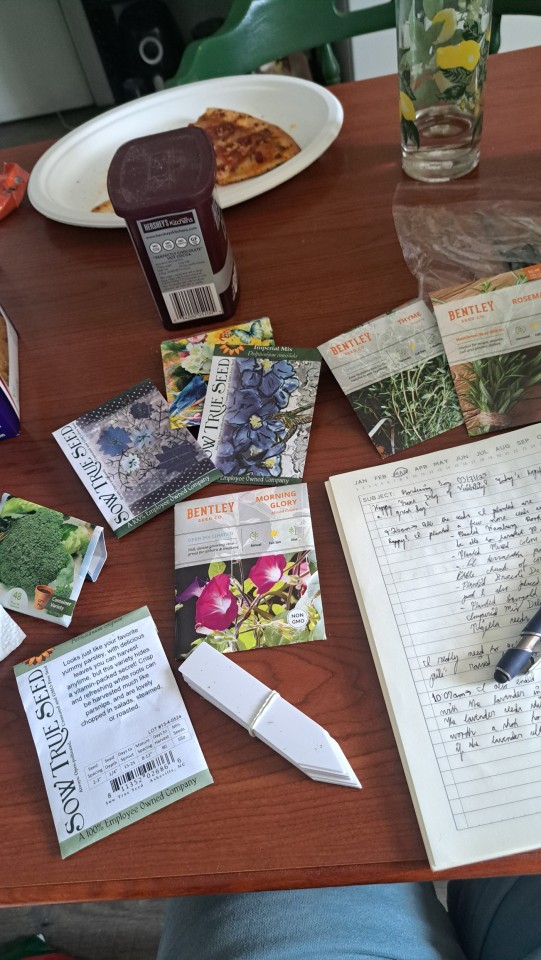
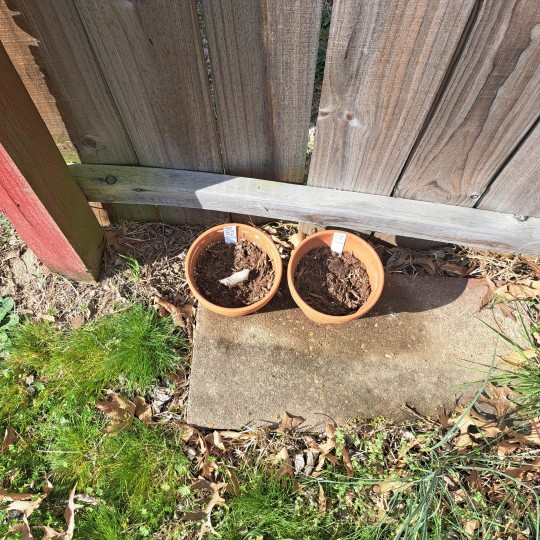
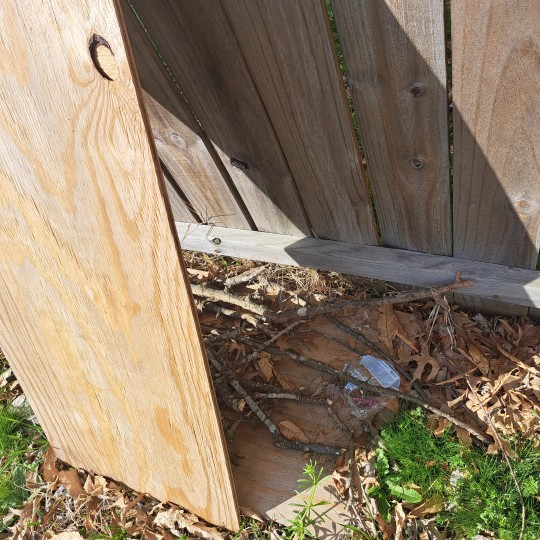
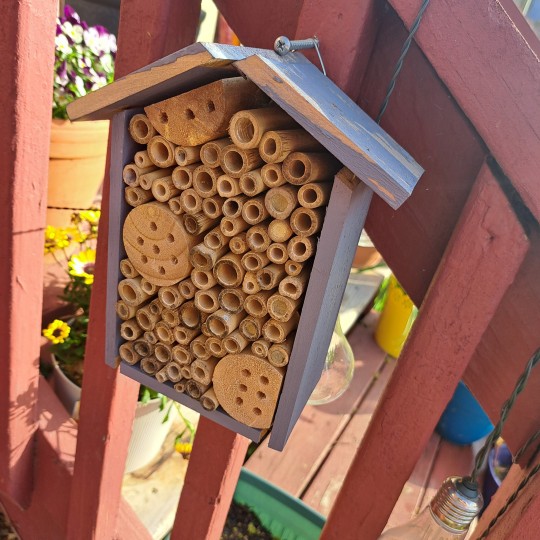
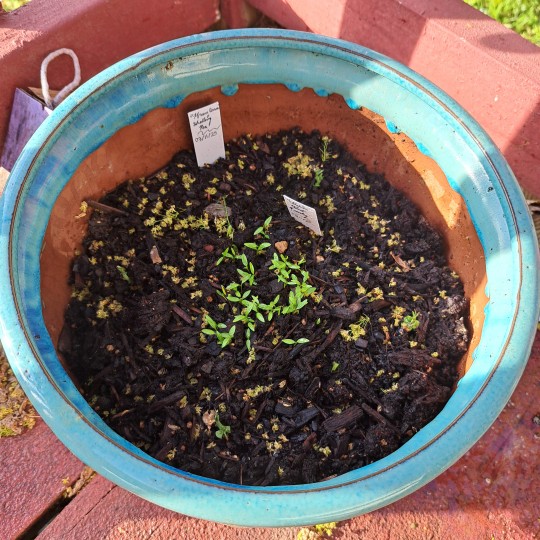
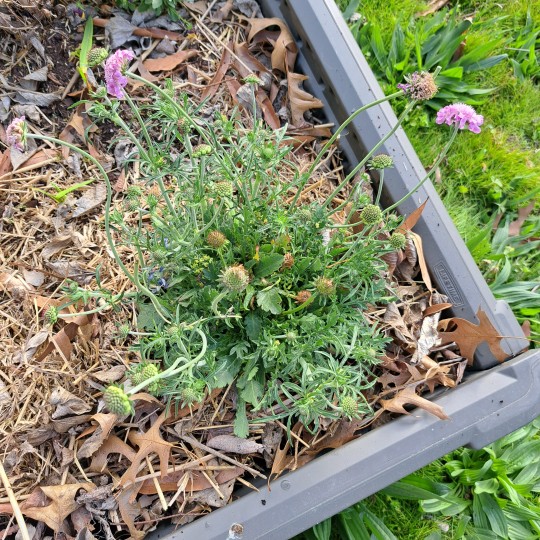
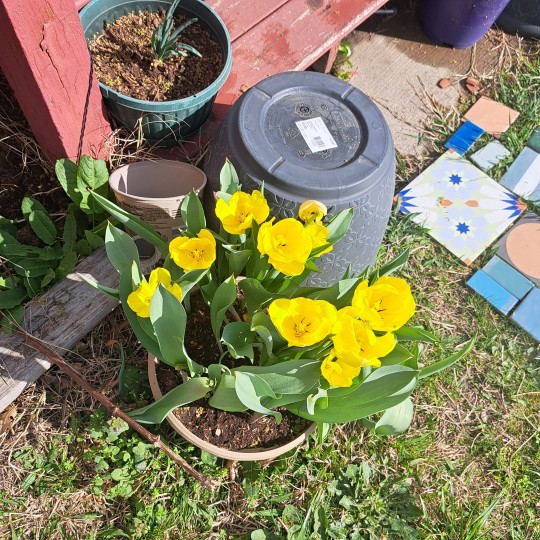
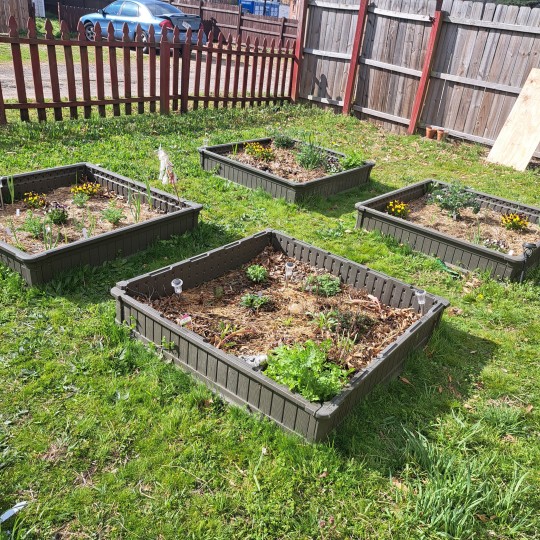
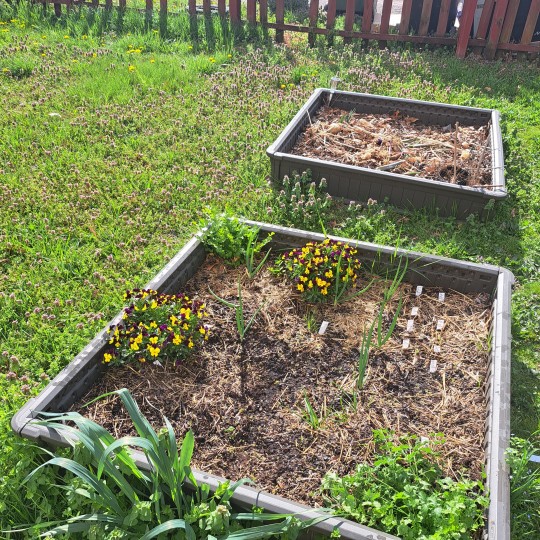
working in the garden from the past couple of mornings
#hobby: gardening#gardening#garden#gardenblr#garden blog#raised garden beds#garden bed#seeds#seed#potted plant#potted garden#tulip#tulips#pincushion plant#parsley#seedlings
53 notes
·
View notes
Text
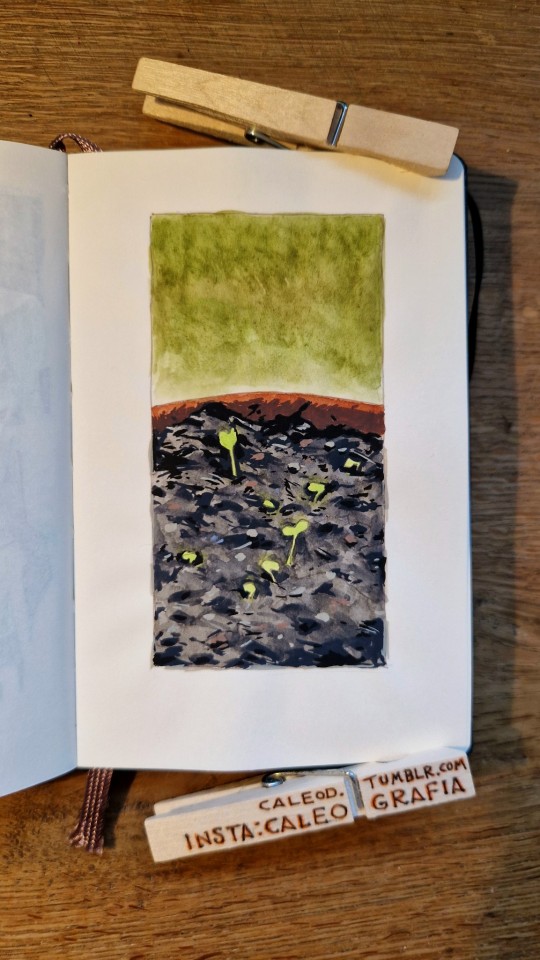
2-3-24
#moleskine#sketchbook#sketch#daily#dailyart#dailydrawing#dailypainting#dailysketch#sketchaday#artoftheday#art#artbook#artists on tumblr#watercolor#gouache#painting#seeds#sprouts#seedlings#pot#plant
315 notes
·
View notes
Text

seed starting together is so special 🌱🫶🏿
#mine#plants#plant daddy#nature#garden#gardenblr#farming#soil#black gardener#farmblr#seed starting#seeds#seedlings#squash
32 notes
·
View notes
Text

they're growing!!!
28 notes
·
View notes
Text

We found a dried-out gourd in the garden, and I planted a flat of seeds just to see what would happen. Surprise! Guess who's bringing gourds to the plant swap this Saturday!!
24 notes
·
View notes
Text
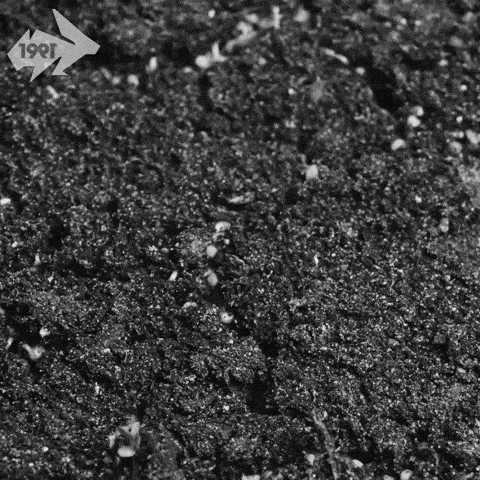
GIF by Hyper RPG
#giphy#gif#plant#plants#grow#sprout#sprouting#growing#seedlings#soil#bursting out#flora#pushing up#hyper rpg
39 notes
·
View notes
Text
Gardener Xie Lian and San Lang week 15 report!
We made out in-between the rain!
The petunia (silver pot) seems to have, all of a sudden, grown something that isn't grass?! Pink pots seem to be stuck as green sprouts for now!
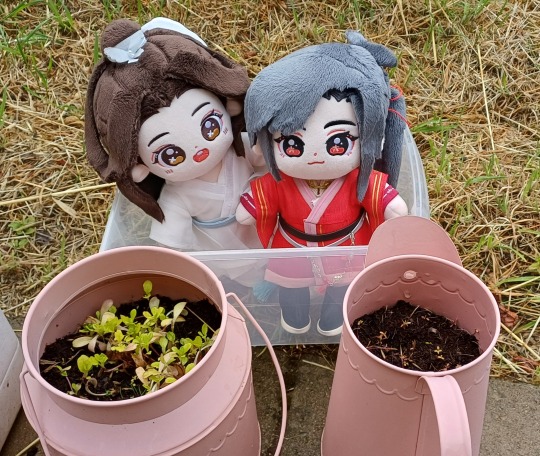
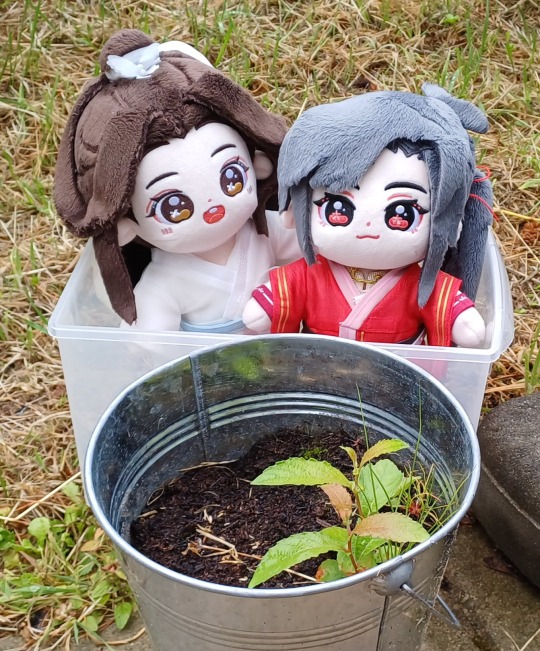
#tgcf#tgcf mini dolls#tian guan ci fu#heaven official's blessing#heaven official's blessing mini dolls#mini dolls#xie lian#hua cheng#san lang#hualian#hualian minidolls#seedlings#mini dolls gardening#gardening#flower growing#minidoll's flower project#darke faerie mini dolls
36 notes
·
View notes
Text
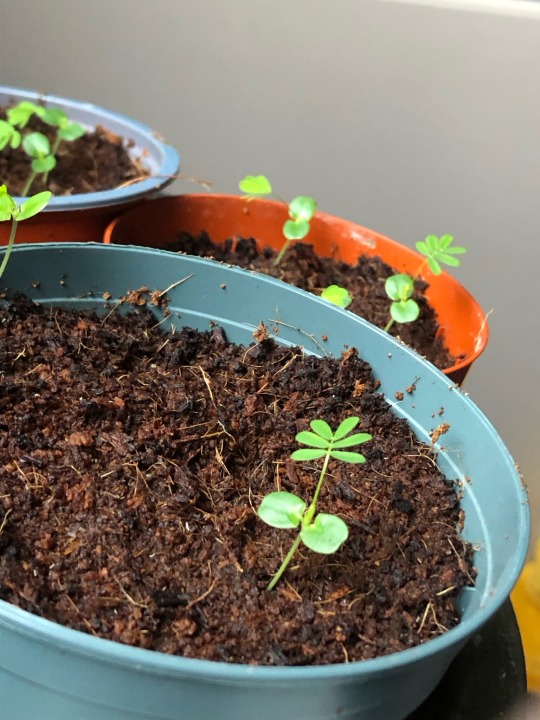
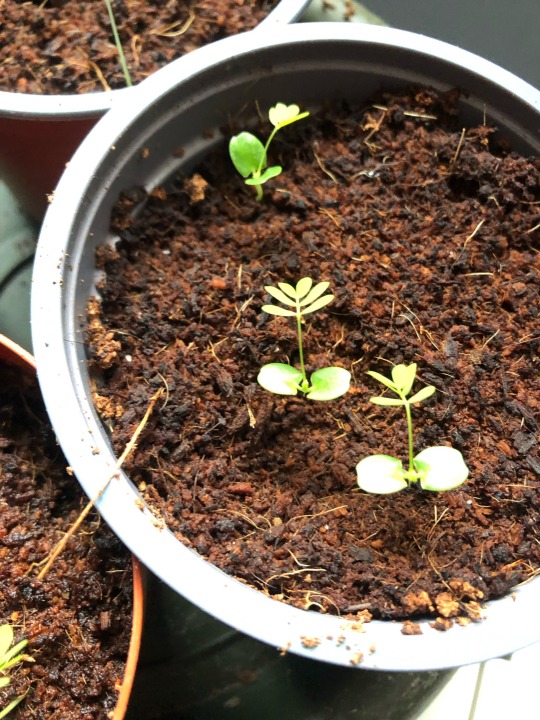
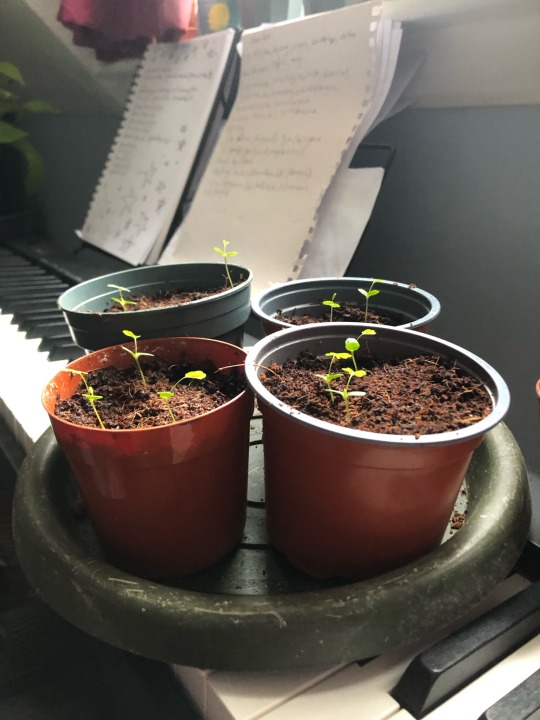
Little sensitive plant seedlings ⭐️🌱
They’re doing so well!
#nature#plant photography#houseplants#plant blog#plants#sensitive plant#plantblr#i love this silly plant#plantcore#seedlings#gardening
56 notes
·
View notes
Text
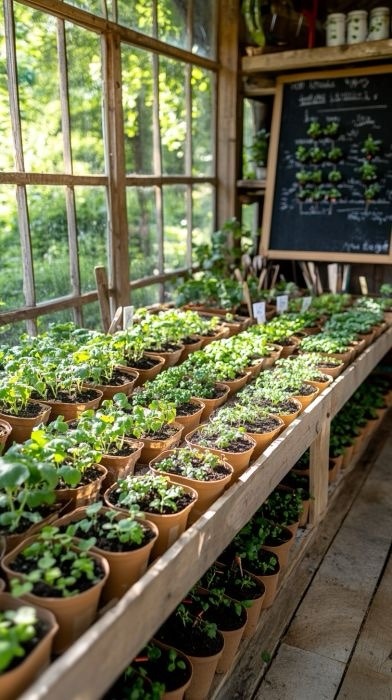

https://www.pinterest.com.
86 notes
·
View notes
Text
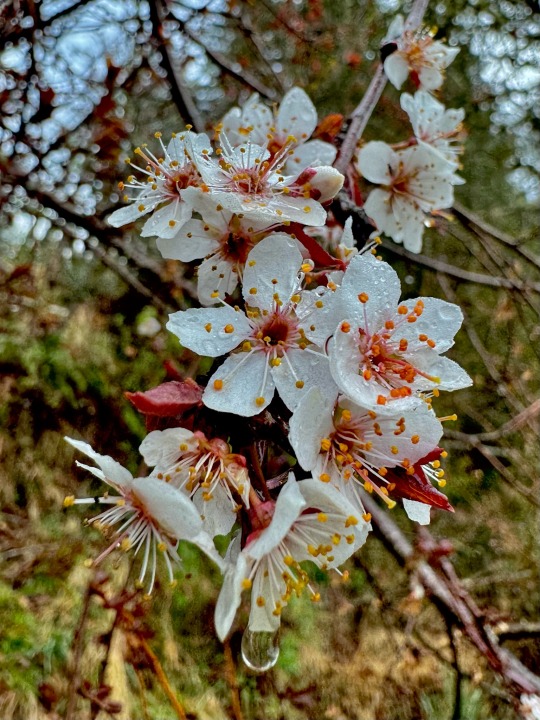
overnight success..
373 notes
·
View notes